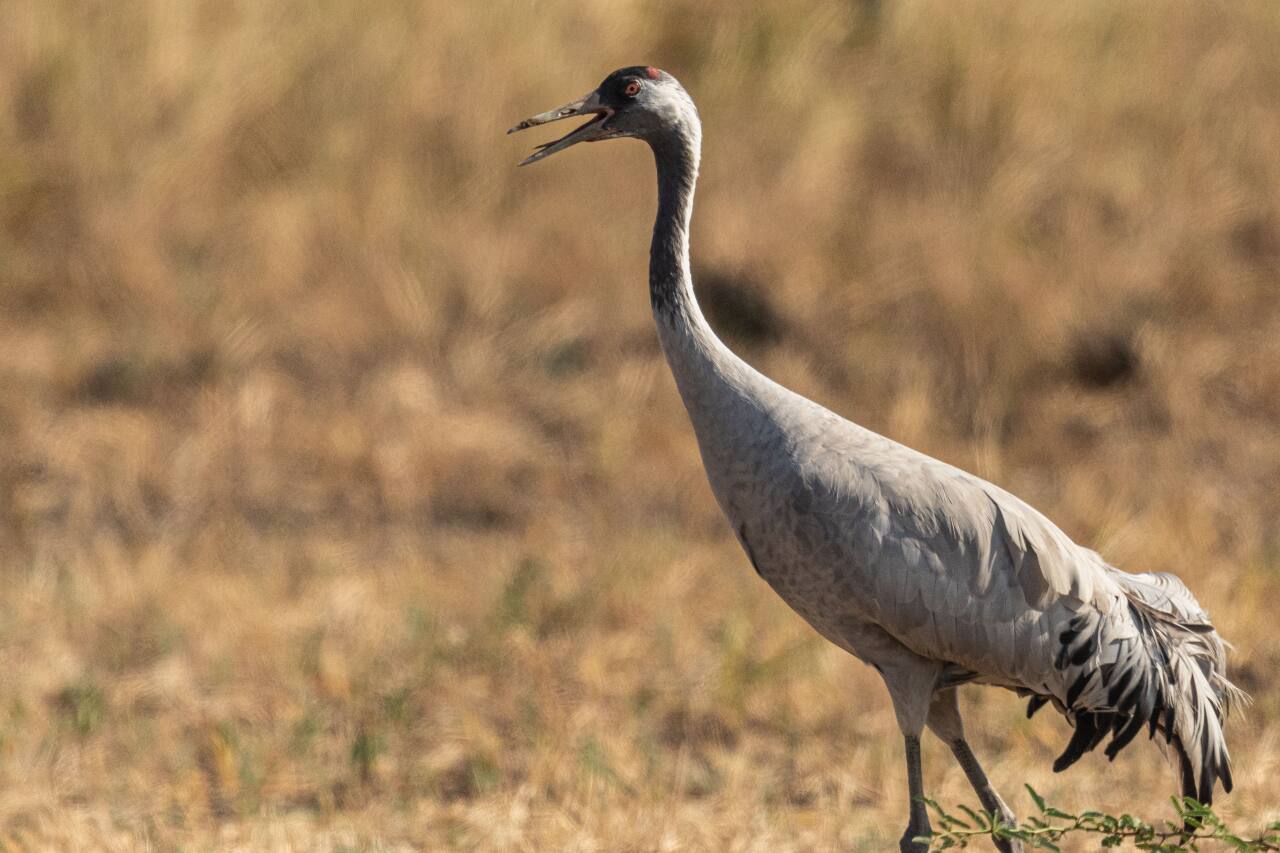



India is tiger country. Year after year, thousands of tourists, from all over the world, flock to Jim Corbett National Park, Ranthambore National Park or Kanha National Park to catch a glimpse of this elegant big cat. Be it Tadoba-Andhari Tiger Reserve in Maharashtra, or Kaziranga National Park in the eastern part of the county, or Madumalai Tiger Reserve in the southern state of Tamil Nadu, a tiger sighting is never really out of reach.
But India’s biodiversity isn’t limited to the tiger and the accompanying fauna on the food chain. Wild areas exist pretty much through the length and breadth of our country. One only has to look beyond the usual suspects and there are several landscapes teeming with different varieties of wildlife.
 However, the blackbuck isn’t the only reason one should visit this wonderful national park. It offers its own stunning ecosystem, dry grasslands stretching over 34 square kilometres that are home to these antelope species. (Photo by Akshay Manwani)
However, the blackbuck isn’t the only reason one should visit this wonderful national park. It offers its own stunning ecosystem, dry grasslands stretching over 34 square kilometres that are home to these antelope species. (Photo by Akshay Manwani)
 Where there is prey, there will be predators. The Indian grey wolf and the striped hyena are found within Velavadar Blackbuck National Park, with the former species more frequently sighted within the confines of the park’s boundaries. (Photo by Akshay Manwani)
Where there is prey, there will be predators. The Indian grey wolf and the striped hyena are found within Velavadar Blackbuck National Park, with the former species more frequently sighted within the confines of the park’s boundaries. (Photo by Akshay Manwani)
 While the Blackbuck National Park may not provide sanctuary to tigers and leopards, it is an excellent place to sight the jungle cat. The colour of the dried grass provides perfect camouflage to this most common wild cat species found in India. Seeing the jungle cat in the evening dusk light, with the burnt-yellow grass in the foreground, provides for an exquisite picture frame. (Photo by Akshay Manwani)
While the Blackbuck National Park may not provide sanctuary to tigers and leopards, it is an excellent place to sight the jungle cat. The colour of the dried grass provides perfect camouflage to this most common wild cat species found in India. Seeing the jungle cat in the evening dusk light, with the burnt-yellow grass in the foreground, provides for an exquisite picture frame. (Photo by Akshay Manwani)
 Remember Rikki-Tikki-Tavi, the grey mongoose immortalized by Rudyard Kipling in his short story by the same name? This omnivore species is also found in the Velavadar grasslands in units of one, two or more. (Photo by Akshay Manwani)
Remember Rikki-Tikki-Tavi, the grey mongoose immortalized by Rudyard Kipling in his short story by the same name? This omnivore species is also found in the Velavadar grasslands in units of one, two or more. (Photo by Akshay Manwani)
 The park isn’t home only to mammals, but birds as well. Velavadar Blackbuck National Park is among the world’s largest roosting sites for migratory harriers, which include the pallid harrier and Montagu’s harrier. (Photo by Akshay Manwani)
The park isn’t home only to mammals, but birds as well. Velavadar Blackbuck National Park is among the world’s largest roosting sites for migratory harriers, which include the pallid harrier and Montagu’s harrier. (Photo by Akshay Manwani)
 Another avian species that is sighted quite easily in and around the park is the common crane. Being a migratory bird, the common crane is best seen in the cold winter months, between November and February. (Photo by Akshay Manwani)
Another avian species that is sighted quite easily in and around the park is the common crane. Being a migratory bird, the common crane is best seen in the cold winter months, between November and February. (Photo by Akshay Manwani)
 So, hurry and don’t make a meal of it. The beauty of the grassland ecosystem is best enjoyed at Velavadar. Beyond the obvious tiger havens, this is a must-visit Indian wildlife destination. (Photo by Akshay Manwani)
So, hurry and don’t make a meal of it. The beauty of the grassland ecosystem is best enjoyed at Velavadar. Beyond the obvious tiger havens, this is a must-visit Indian wildlife destination. (Photo by Akshay Manwani)
Discover the latest Business News, Sensex, and Nifty updates. Obtain Personal Finance insights, tax queries, and expert opinions on Moneycontrol or download the Moneycontrol App to stay updated!